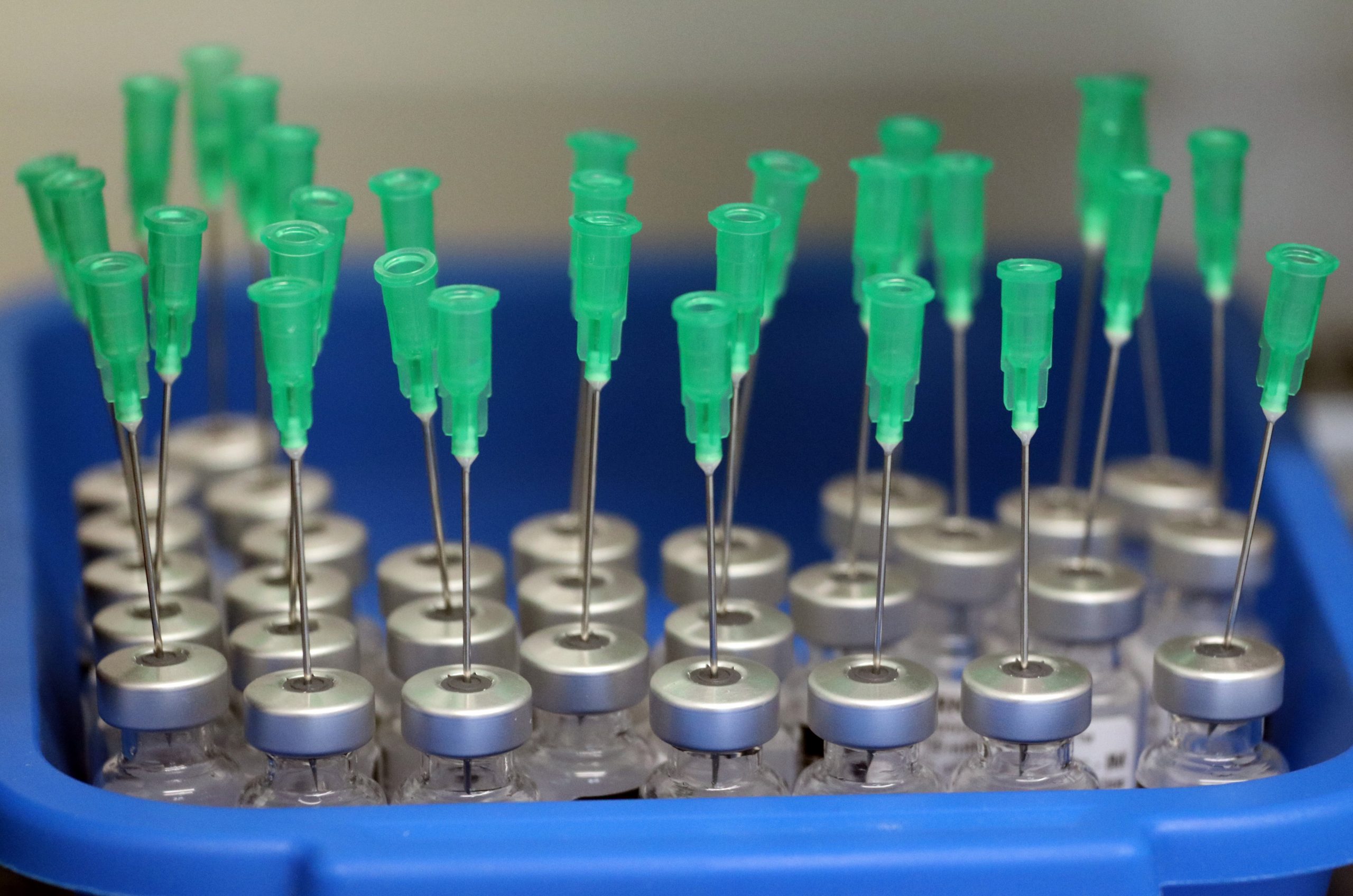
After more than 800 antibody tests, it appears that mRNA vaccines provide the greatest level of protection against the coronavirus.Continue reading

Hungary currently has more than 10 million doses of vaccines available. The government is relying primarily on these already ordered and stockpiled vaccines in the defense against the pandemic, and later plans to produce vaccines itself in a Hungarian factory. Meanwhile, in May, the European Commission signed a third contract with Pfizer to supply 1.8 billion doses to EU member states between the end of 2021 and 2023. Shortly before the signing, the Hungarian cabinet announced that Hungary would not participate in the joint procurement of vaccines, making it the only EU country excluded from the program.
This article was originally published on our sister-site, Ungarn Heute.
The last shipment from Pfizer arrives in Hungary this week. The country expects 240,000 more doses, so the company will complete its order, totaling 10.8 million doses. A continuation now seems unlikely, as the Hungarian government – the only EU member country – withdrew from the joint EU procurement program as recently as May.
Thanks to the EU procurements (24 million doses) and the 7.2 million vaccines purchased from the East (Russia, China), a very large number of vaccines entered the country. The website of the European Center for Disease Prevention and Control (ECDC) also shows how many vaccines have arrived in each member state and how many of them have been used.
According to these figures, 26.2 million doses of vaccines have arrived in Hungary so far. Less than half of these, 13.46 million doses, have already been administered. Among EU countries, only Bulgaria, with a very low vaccination coverage rate, had a worse vaccination rate (40.4 percent). The 48.6 percent in Hungary is similar to the 48.8 percent of Poles who have not purchased Eastern vaccines.
Denmark: 96.3%, Lithuania: 95.3%, Belgium: 90.1%, Italy: 88.3% … Germany: 81.9%, France: 77.7%, Sweden: 77.2%, Czech Republic: 70.2%…. Romania: 60.9%, Poland: 48.8%, Hungary 48.6%, Bulgaria: 40.7%
When the government withdrew from the EU procurement in May, the cabinet argued, among other things, that too many vaccines were being ordered at too high a price (Pfizer did raise the price to about 6,000 forints per dose, but that’s still cheaper than the Sinopharm vaccine Hungary had bought- for which it paid 10,500 forints apiece).
In May, the government stated that the Hungarian vaccination program appeared to have slowed down. However, if a third vaccine is needed (which was more of a theoretical possibility at the time), it will be produced from existing stocks and a Hungarian vaccine factory will be operational by the end of 2022.
However, the delta variant has been spreading rapidly, and it became clear that the vaccination rate of 60% was not sufficient for herd immunity and should be significantly increased. In addition, a third vaccination became urgently needed after it became clear that the efficacy of the vaccines was greatly diminished after 4-6 months. And children are now also being vaccinated exclusively with Pfizer.
Government-critical portal azonnali.hu also draws attention to the fact that although we have many vaccines in stock, the EU pre-orders not only the original vaccines but also the newly developed vaccines, which Hungary will probably not receive. Immunologists fear the appearance of new variants of the virus, which will require modifications of the vaccines.
Sources: Portfolio, 444
Featured image via János Vajda/MTI